The number and kinds of fire extinguishers you require depends on the nature of
your business and the risks involved. The best way to evaluate these risks is to
undertake a Fire Risk Assessment, which is also part of your legal obligation as a
business owner.
It’s not easy to gauge but, as a general rule, you will need one water-based
extinguisher such as water, water additive (the best option for most) or foam (3
litre or bigger) for every 2000 square foot or 200 square metres of floor space. This
is per floor.
The extinguisher must have a minimum fire rating of 13A and this will be near the
top of the front label on any approved extinguisher – so 21A or 34A is even better
than 13A.
Once you have a water-based fire extinguisher, you are likely to have electrical
risks such as computers, retail lighting, fridges, machinery, servers, electric
forklifts, etc. This will need a CO2 extinguisher and it makes sense to have a pairing
of CO2 and water-based for every fire point. The 2kg is by far the more popular but
the 5kg CO2 size would be better for server rooms, machinery, industrial, etc.
What Types Of Fire Extinguishers do I Need?
As above, this depends on the type of business you undertake, but here are a few
examples to help you start assessing the range required.
For larger area of responsibility such as a car dealership that has a showroom,
office, workshop, store and flammable storage, you need to break this down and
consider each area on its own. So here you have office, showroom and store that
probably have similar needs whereas the workshop and flammable areas have
different needs.
On the other hand, it is best not to have too many different types on the same
premises if possible as this adds to confusion in a panic. So, if you have foam in the
workshop, use foam as the water-based one in the office area.
If you have numerous risks such as a garage workshop, powder may be better as
your fire may include wood, paper, paint and fuel all at the same time. In a garage
workshop we would recommend powder for general use and CO2 for small welding
fires but the office area would still need water-based ones as powder will make a
mess. In an office or hotel or nursing home, powder would make a dust cloud that
may stop people from finding exits.
A commercial kitchen should have a combination of fire blankets, wet chemical
extinguishers for any deep fat dryers, plus C02 for electrical fires.


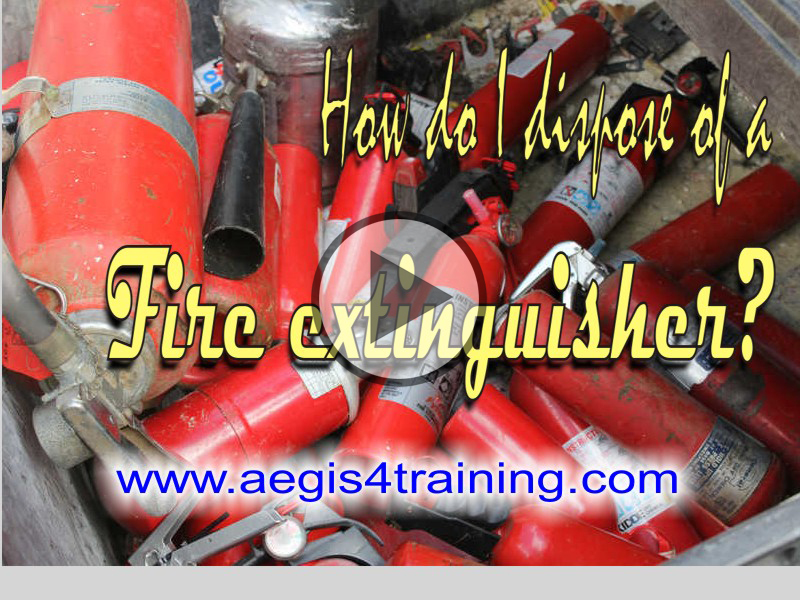
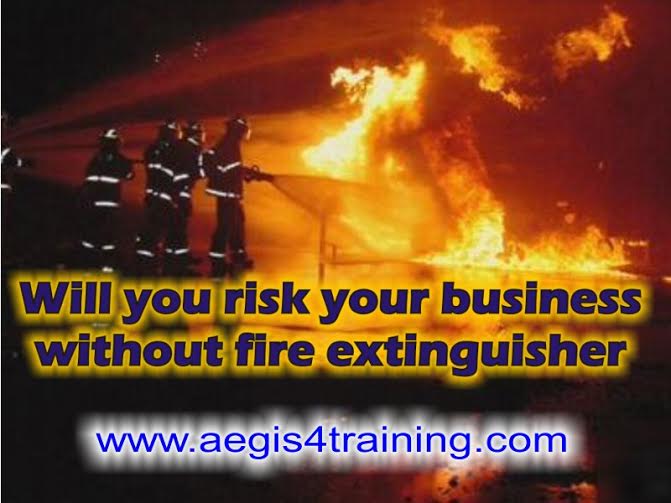
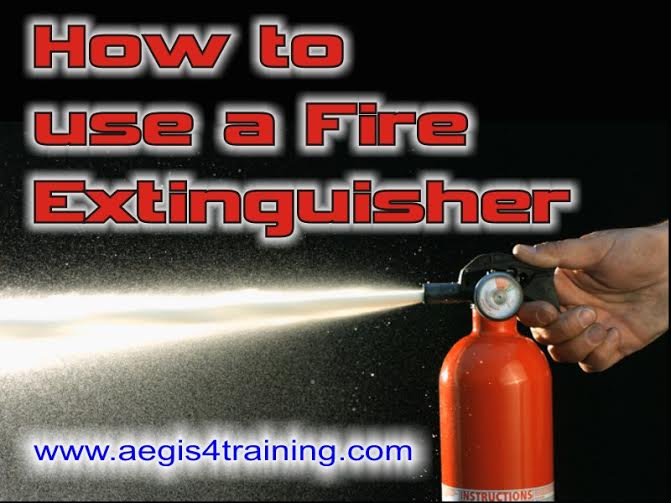

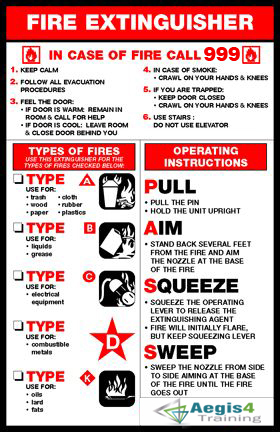

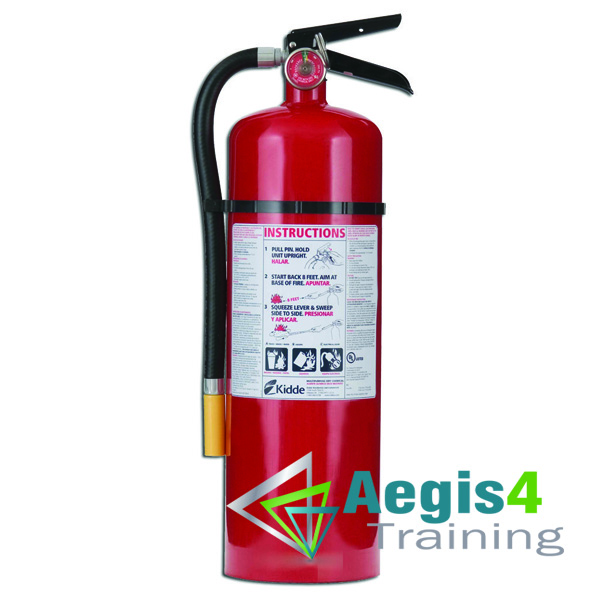 Current enactment, The Administrative Change (Fire Security) Request 2005, applies to all working environments paying little respect to the quantity of representatives and obliges businesses to give sufficient preparing in flame mindfulness for all individuals from their staff.
Current enactment, The Administrative Change (Fire Security) Request 2005, applies to all working environments paying little respect to the quantity of representatives and obliges businesses to give sufficient preparing in flame mindfulness for all individuals from their staff.